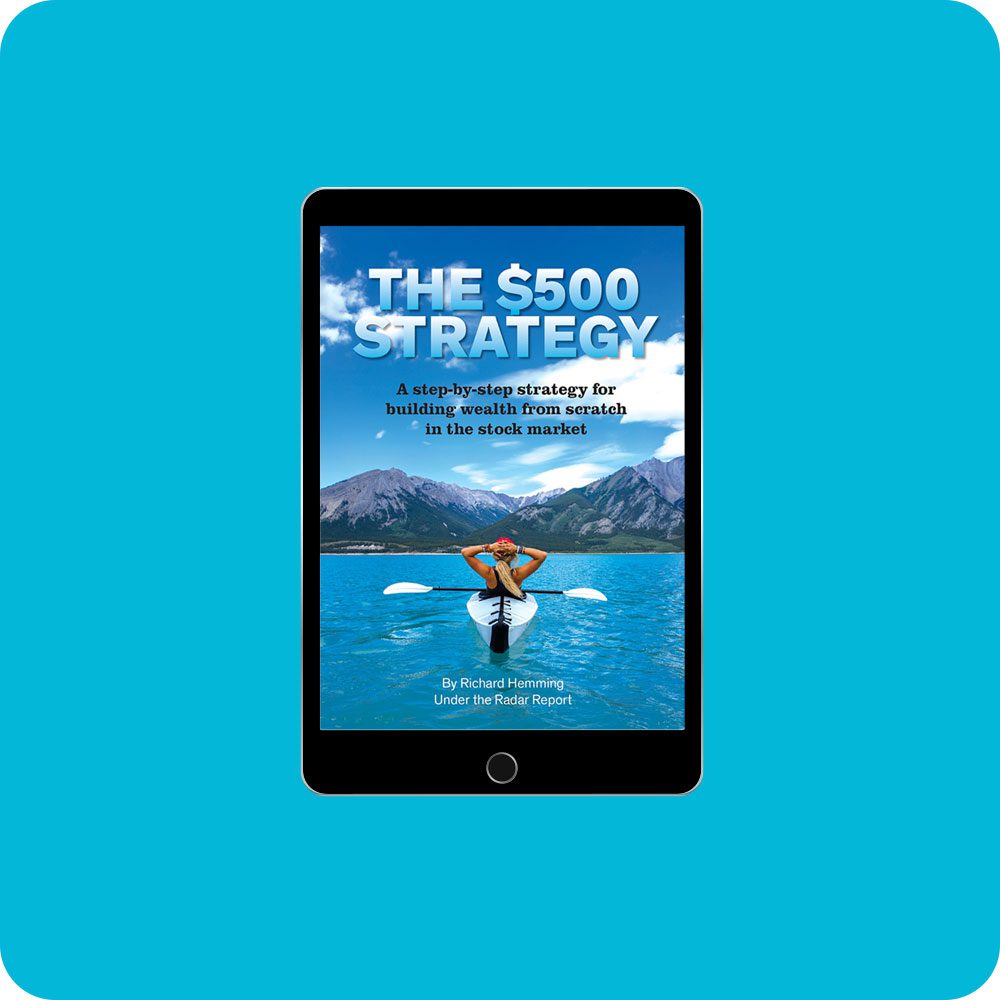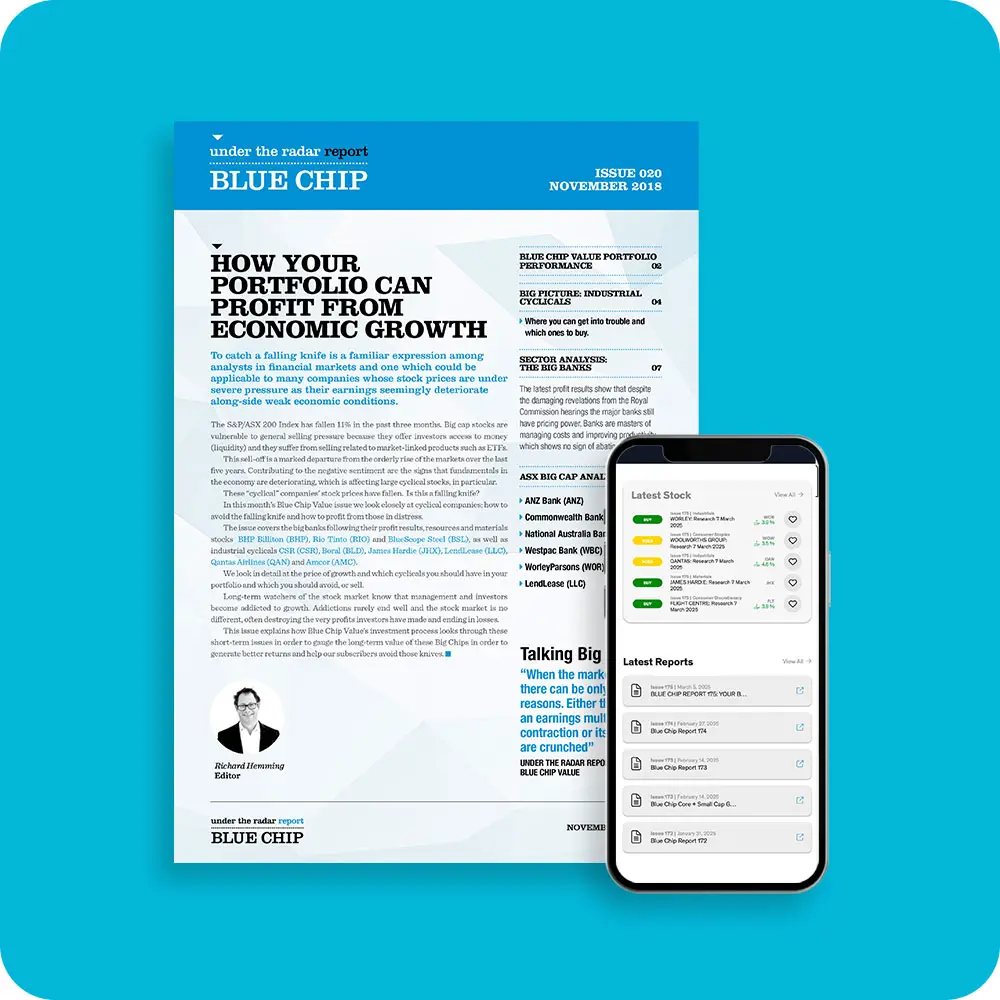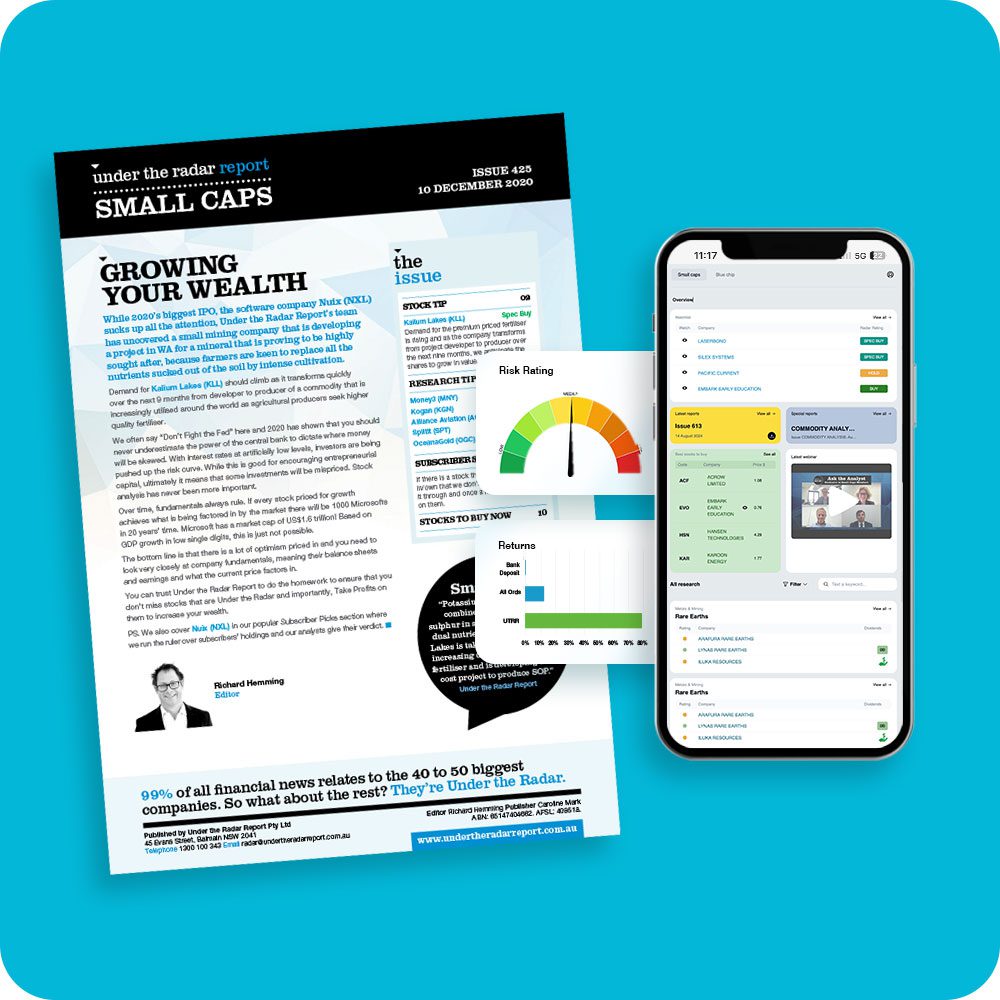- Set your investment goals: write down your financial goals
- Set up your online brokerage account: so you can buy and sell your own shares
- It’s time to do your research and then buy a share
Ready to start investing?
Your Ultimate Guide to Starting on the Stock market
Getting started in the stock market
Investing in shares can seem daunting at the start and in our experience, the hardest step is hitting buy on your first share. Use these 3-steps.
Lesson: Diversification
You don’t put all your eggs into one basket
Own shares in a variety of companies that operate in different industries. That might mean investing directly in stocks, mutual funds, exchange traded funds, or index funds.
Diversification is a proven way to reduce your risk.
We recommend a minimum of 7-15 small cap stocks in any portfolio.
Follow our step-by-step guide on how to building wealth from scratch in the stock market with our $500 strategy.
Lesson: start small
Our key message to beginners is to start small and to purchase small parcels of shares in quality companies over time.
Build up your portfolio over time. We like to buy slowly into a stock and to build confidence. Start buying in small parcels, watch your portfolio’s performance (it’s really easy on your trading app) and follow our clear Buy, Sell and Hold recommendations. Follow our $500 strategy and we are with you each step of the way.
Why Choose
Under the Radar Report?
Founded in 2011.
Average return on all 300 Small Caps
Stocks Taken Over
Asset prices have more than doubled in the past seven to ten years, while income levels have barely moved. People are going up the risk curve to get more bang for their buck.

Need some help? Start with our $500 strategy.
How much money should I invest in each stock?
What is the right size holding for you?
Review your financial goals and please seek financial advice as you need it.
You can start with as little as $500. Consider also the return you are seeking.
if the share goes up 10%, 30% or 100% what would your return be on your original investment? Is it a $300 profit on a $1,000? What if you had invested $500? Consider what is the right size of holding for you.



